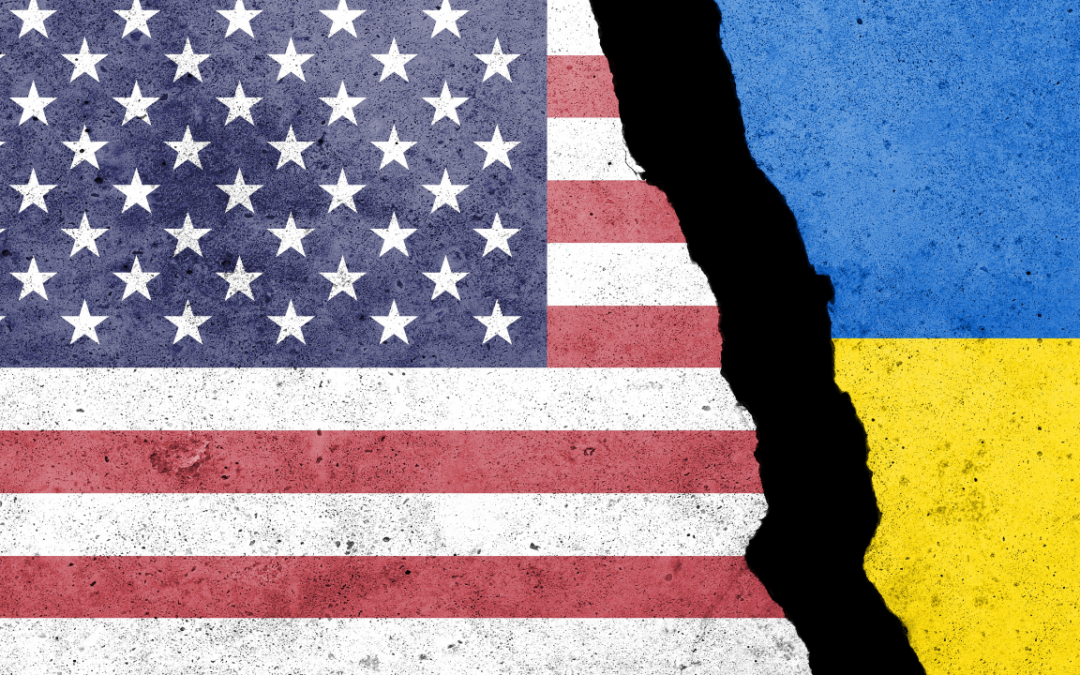For all the deluge of ink spilled on inflation over the past year, it was always just the warm-up act. The main event is recession, and it is now taking center stage.
Over a year ago, we warned that investors and policymakers were complacent to inflation risk. But we also noted that inflation was unlikely to be durable. To be sure, we misjudged inflation’s duration, but as recent data indicate, underlying price and wage measures of inflation have crested and are beginning to subside.
That should be good news. So, why do investors remain averse to risk? Mainly because they, too, sense that cyclical risks are shifting from fears of inflation to fundamental concerns about downside growth risks, including potential economic and earnings recessions.
So, let’s unpack each of these issues.
To begin, fears of inflation have peaked for several reasons. First, US medium-to-long-term inflation expectations (whether measured by surveys or via inflation-linked securities) have remained ‘well behaved’, meaning that neither households nor financial market participants expect inflation to be a lasting phenomenon. Second, as seen in last week’s employment report, US nominal wage growth is moderating, removing the risk (which was never large to begin with) of a ‘wage-price spiral’. Slowing nominal wage growth is, of course, a double-edged sword, insofar as falling real incomes pose clear risks to final demand. Third, core measures of inflation that remove outliers (‘trimmed mean’ estimates) are showing signs that underlying price pressures are moderating.
Moreover, and as we have argued in the past and as contributing author Andy Cates points out in his latest contribution to Jackson Hole Economics, US and global inflation have precious little to do with easy monetary policies. Rather, expenditure switching (from goods to services), inflexible production during the pandemic, supply chain disruptions, and soaring food and energy prices courtesy of Russia’s invasion of Ukraine have coincided to boost prices at their fastest rate in a generation. Labor supply rigidities—as reflected in a moribund US labor force participation rate—have also boosted nominal wage gains, albeit insufficient to keep up with prices.
Simply put, the inflation we are experiencing today is not a ‘monetary phenomenon’. It is mostly the result of adverse supply shocks, coupled with a large fiscal impulse during the pandemic. Yet those two catalysts—supply-side shocks and government spending—are probably non-recurring events. Without further production shortfalls or fiscal impulses, inflation will therefore subside without the need for much monetary policy tightening.
Unfortunately, central bankers don’t share that view. Most Federal Open Market Committee members (Atlanta Fed President Bostic excepted) continue to press the case for consecutive 50 basis point hikes at the upcoming rate-setting meetings. More ominously, they call for a period of ‘above neutral’ policy rates to curb inflation. That is worrisome, particularly as receding underlying inflation pressures indicate that a period of sub-trend growth (never mind a recession) will be unnecessary to restore ‘price stability’.
Central bankers fret almost as much about their credibility as they do about their inflation mandate. Having taken one ‘on the chin’ last year by underestimating the degree and breadth of inflation, they are apparently now loath to relent their hawkishness, even though that is what the data are beginning to suggest would be appropriate. The classic cognitive bias of sunk costs—a trap where we are likely to continue an endeavor if we are already invested in it, even if it means going against evidence that shows it is no longer the best decision—is to blame.
Ostensibly, the Fed is trying to pull off the proverbial ‘soft landing,’ but history suggests this is unlikely. In only three cases since 1955 has the Fed been able to tighten and avoid a subsequent recession. To make matters more challenging, in this cycle a restrictive Fed stance will coincide with a tightening of fiscal policy, economic weakness abroad, and war on Europe’s doorstep, fueling serious commodity dislocation. The stars are not well aligned for those who feel a 2023 recession can be avoided.
The coming week offers data that will shed light on the health of the US consumer and the housing market. US consumer credit has recently soared, perhaps a healthy sign of a solid job market, or perhaps a sign that falling real wages mean that consumers have had to borrow to keep apace. Rising mortgage rates are also apt to cool an overheated housing market—perhaps no bad thing. Yet consumption and housing are likely to be at the forefront of any slowdown in final demand as real incomes and household financing costs are squeezed by high headline inflation and elevated long-term interest rates.
So, what should investors and other recession watchers keep their eyes on?
As the economic outlook shifts from fears of inflation to fears about growth, yield curves ought to flatten or even invert. The dollar should give up some of its year-to-date strength, particularly against the Japanese yen, reflecting a peak in relative monetary policy divergence. And soaring commodity prices, above all for cyclical sectors such as energy and industrial metals, should begin to flatten out.
But peak inflation, which is now arriving, does not by itself heralds a bottom to the global equity market sell-off. Only a ‘soft landing’ can do so, and the odds are against it. Equity market risk is shifting from interest rates (and the discount rate) to earnings, which suggests global stock markets may still struggle in the weeks to come.



